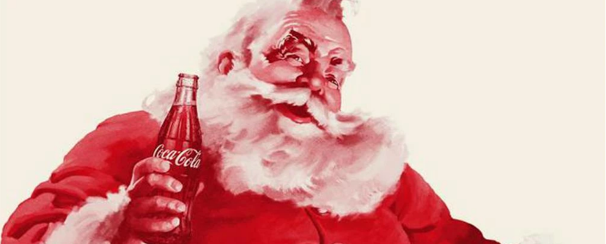
As the glorious period of Christmas trees and their garlands comes to an end, let’s dream for a few more moments about the magic of Christmas before turning to 2022, by evoking the one who is the most representative of it: Santa Claus.
However, let’s look at it in a particular light, not from the point of view of its sleigh and the gifts it makes a point of distributing in record time, making the fastest e-commerce companies, Amazon in the lead, green with envy, but in terms of intellectual property rights.
We must admit that, here too, Santa Claus is not without a certain magic that leaves intellectual property rights holders dreaming.
There is a particular case of brand, which makes everyone dream. The brand known as “well-known”. Why? Because, contrary to 99.9% of trademarks, the well-known trademark gives its owner a near absolute monopoly.
Contrary to popular belief, the rights conferred by a trademark are not absolute; in principle, they can only be exercised against third parties using a sign identical or similar to the trademark in question for identical or similar products. As the Rolls Royce of intellectual property rights, the well-known trademark is an exception to this principle, allowing its owner to invoke it against any category of goods or services that infringe it.
If the Courts refuse to define a checklist that would allow to know for sure when a trademark can be considered as being well-known, it must be admitted that its recognition by a major part of the population considered as a whole is one of the key factors.
Santa Claus ignores this criterion, since he is not only known by a major part of the population in a given country, but all over the world. Wonderful story telling of the nostalgia of a fantasized childhood, admirably sung by Tino Rossi.
Needless to say, acquiring such recognition does not happen with a snap of the fingers. Such a notoriety usually requires marketing expenses amounting to tens of millions for companies.
Santa Claus is also an exception to that rule. Far from going to such expense, he enjoys a free promotion every year, admittedly brief but intense, if only by the thousands of Santa Clauses who swarm the streets to be photographed with our children, not without our charming incredulous toddlers wondering, “Say Daddy, say Mommy, is that the real Santa Claus this time?”
Who has never dared to dream of owning a well-known brand without having to pay for it? What you dreamed of, Santa Claus did it: to boast of having become a well-known brand without ever having spent a single penny (but nevertheless, every year, a worldwide distribution of gifts in less than 24 hours, which is not without respect, of course).
But there is more.
Santa Claus does not date from today and would find its origin with a rich Turkish bishop named Nicolas of Myre having lived in the III and IVth century who would have had the particularity to distribute gifts and food to the poorest during the night. From there would come our Saint-Nicolas well known in our regions, in particular by our friends of Fribourg, and Santa Claus to be the deformation of Sinter Klaas (Saint-Nicolas in Dutch).
However, it was not until 1931 that an illustrator, Haddon Sundblom, commissioned by The Coca-Cola Company, had a stroke of genius by giving Santa Claus the features that the world has known ever since: that of a good grandfather with a generous white beard and a handsome physique dressed in his famous red and white suit. He will never change it again.
Would our Santa Claus be copyrighted? I believe so, as one finds it hard to deny that his features are individual and recognizable on a worldwide scale.
Does this mean that our children should thank Coca-Cola for having succeeded in prospering without ever having to cry out that their copyrights, no doubt acquired from Haddon Sundblom who died in 1976, have been violated? One cannot exclude it. From there to say that we owe the magic of Christmas and the freedom of our dear Santa Claus, who has become a common good, to Coca-Cola, there is only one step.
On January 10, 2022, Santa Claus returned to Rovaniemi to enjoy a well-deserved rest until December 24. The time has come for us mere mortals to come back down to earth and remember that Santa Claus is not whoever wants to be, except if you believe in… Santa Claus…
The attorneys at Wilhelm Gilliéron Avocats wish each and every one of you a more peaceful year than the two previous years, assuring you of our support whenever you need it. Happy New Year to all of you!
Do you have questions about his topic?
Our lawyers benefit from their perfect understanding of Swiss and international business law. They are highly responsive and work hard to find the best legal and practical solution to their clients’ cases. They have acquired years in international experience in business law. They speak several foreign languages and have access to correspondents all over the world.
Avenue de Rumine 13
PO Box
CH – 1001 Lausanne
+41 21 711 71 00
info@wg-avocats.ch
©2024 Wilhelm Attorneys-at-Law Corp. Privacy Policy – Made by Mediago